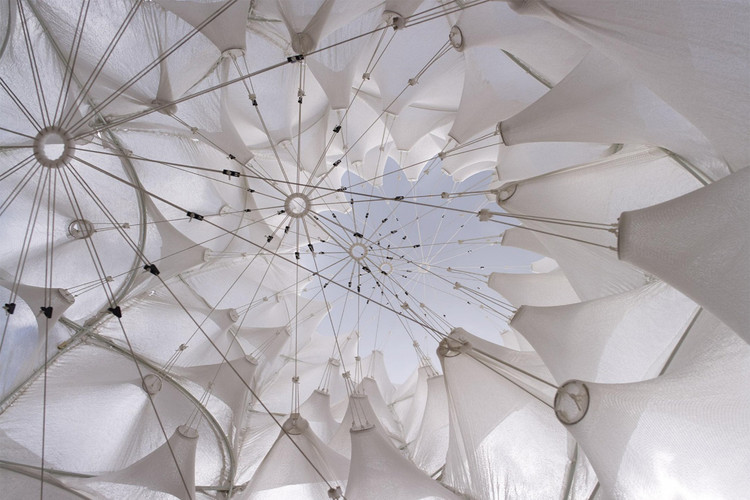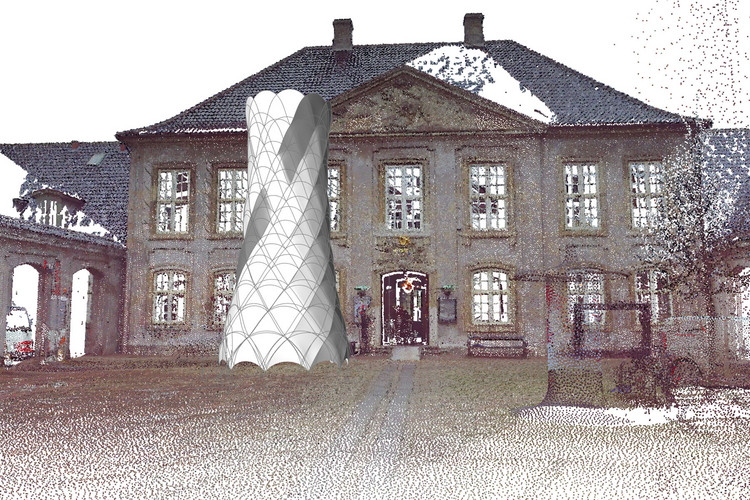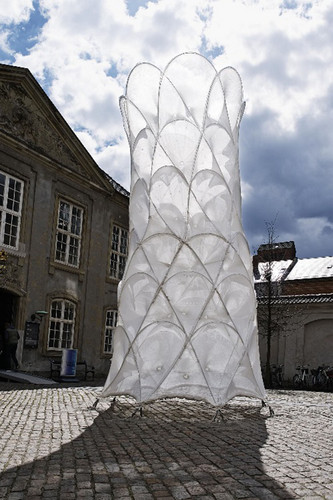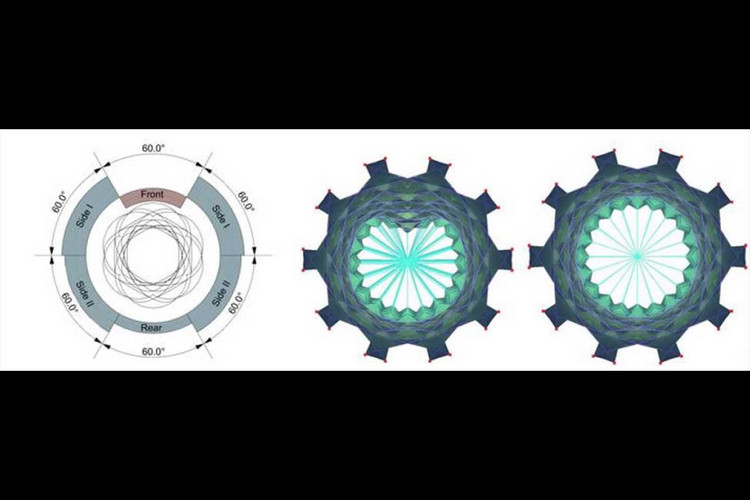Complex Modelling
Complex Modelling
Collaboration with the Centre for Information and Technology (CITA) from the Royal Danish Academy of Fine Arts
The four year Complex Modelling research project investigates the infrastructures of our design models. By questioning the tools for integrating information across the expanded digital design chain, the project asks how to support feedback between different scales of design engagement moving from material design, across design, simulation and analysis to specification and fabrication.
The project focuses on the integration of material performance as a particular challenge opening up new horizons for a sustainable building culture. The ability to design for and with material performance is a core resource for design innovation closely tied to material optimisation. The project introduces three scales of design engagement by which to examine material performance: the structure, the element and the material. Positioning feedback as a central concern cascading through all scales of engagement, the project asks how dynamic modes of organisation including self-organisation, multi-scalar modelling and self-adaptive modelling can introduce new logics into the design of architectural information models.
In an ongoing collaboration with the Centre for Information and Technology (CITA) from the Royal Danish Academy of Fine Arts a Series of research pavilions have been realized to demonstrate the use of digital planning and production pipelines applying structural principles like bending active and membrane systems.
Bending active is the intentional use of elastic deformation as a shaping process for linear or planar structural elements. The main motivation for its use lies in the simplicity of creating curved elements for exciting and versatile architectural forms but with a low demand on production energy and material consumption. As elastic bending generates residual stresses, the choice of material, cross-section height and curvature is limited. However, in hybrid systems the selection of the profiles’ properties can be optimized for the bending process, since under external loads the restraining elements drastically improve the global stiffness of the hybrid structure. Previous research has shown that the application of membranes as restraining elements has several advantages in comparison to typical cable based restrained systems.
Ansprechpartner
Christoph Gengnagel, Michel Schmeck



